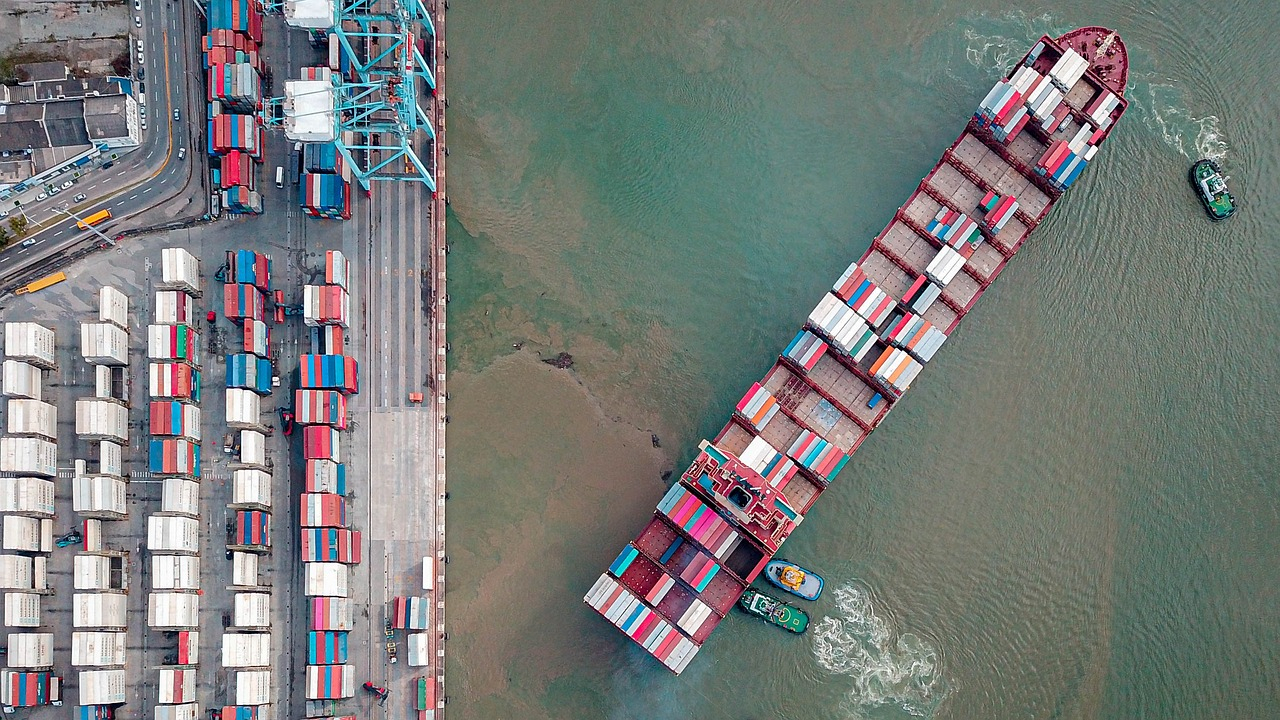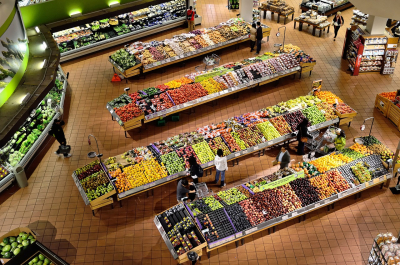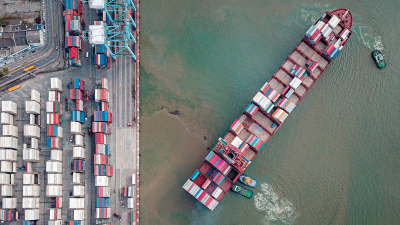Table of contents:
- First wave of Canadian retaliatory tariffs
- Trump's justification for the tariffs
- Political responses in Canada
- Economic consequences for both countries
First wave of Canadian retaliatory tariffs
The first phase of the Canadian response includes a 25 percent tariff on 30 billion dollars worth of U.S. goods. In three weeks, an additional 125 billion dollars in American imports will face tariffs.
The products targeted in the first phase include:
- Liquor products – beer, wine, and spirits
- Consumer goods – clothing, shoes, and perfume
- Household items – appliances and furniture
- Sports equipment – including fitness and recreational gear
Beyond tariffs, Trudeau confirmed that further trade actions are being evaluated. Possible measures include restricting energy and mineral exports to the U.S. Canada is also considering blocking American companies from bidding on government contracts.
Trump's justification for the tariffs
President Trump linked the tariffs to concerns over border security and drug trafficking. He accused Canada of failing to curb fentanyl smuggling into the U.S. The executive order claims that Canada plays a role in the American opioid crisis, justifying economic penalties.
The tariffs include:
- 25 percent tariff on all Canadian imports
- 10 percent tariff on Canadian energy products
- 25 percent tariff on goods from Mexico
- 10 percent tariff on imports from China
Trade analysts warn that these actions could significantly impact North American economies. The move threatens trade stability between Canada and the U.S.
Political responses in Canada
Canadian leaders reacted swiftly. Ontario Premier Doug Ford stated that Canada has no choice but to respond aggressively. He warned that U.S. tariffs could endanger 450,000 Canadian jobs.
Nova Scotia Premier Tim Houston introduced higher tolls for U.S. commercial trucks. The province will also remove all American liquor products from stores by February 4.
Conservative Leader Pierre Poilievre urged the government to introduce additional countermeasures. He proposed dollar-for-dollar tariffs, tax cuts, and accelerated energy projects to protect the Canadian economy.
Economic consequences for both countries
The trade restrictions could have severe repercussions. Over 800 billion dollars worth of goods crossed the U.S.-Canada border in the first nine months of 2024. The impact of tariffs could disrupt trade and industries in both countries.
Key economic risks include:
- Higher gas prices – U.S. fuel costs could increase by 75 cents per gallon
- Rising electricity costs – many U.S. states depend on Canadian power
- Expensive housing materials – Canadian lumber prices could rise
Despite these risks, Trump remains firm in his stance. He argues that his policies will force Canada to strengthen border controls and address drug trafficking concerns. Trudeau, however, has made it clear that Canada will not be intimidated.
The coming weeks will determine how the trade war unfolds. The effects will be felt by businesses and consumers on both sides of the border.
source: CBC


 Are you thinking about investing in real estate in Albania? Looking for a safe and profitable opportunity? Balfin Real Estate
Are you thinking about investing in real estate in Albania? Looking for a safe and profitable opportunity? Balfin Real Estate The issue of tariffs has gained significant attention in Canada following months of warnings from U.S. President Donald Trump. Tariffs
The issue of tariffs has gained significant attention in Canada following months of warnings from U.S. President Donald Trump. Tariffs The Canadian government has taken decisive action following new U.S. tariffs. Prime Minister Justin Trudeau announced immediate countermeasures after President
The Canadian government has taken decisive action following new U.S. tariffs. Prime Minister Justin Trudeau announced immediate countermeasures after President

